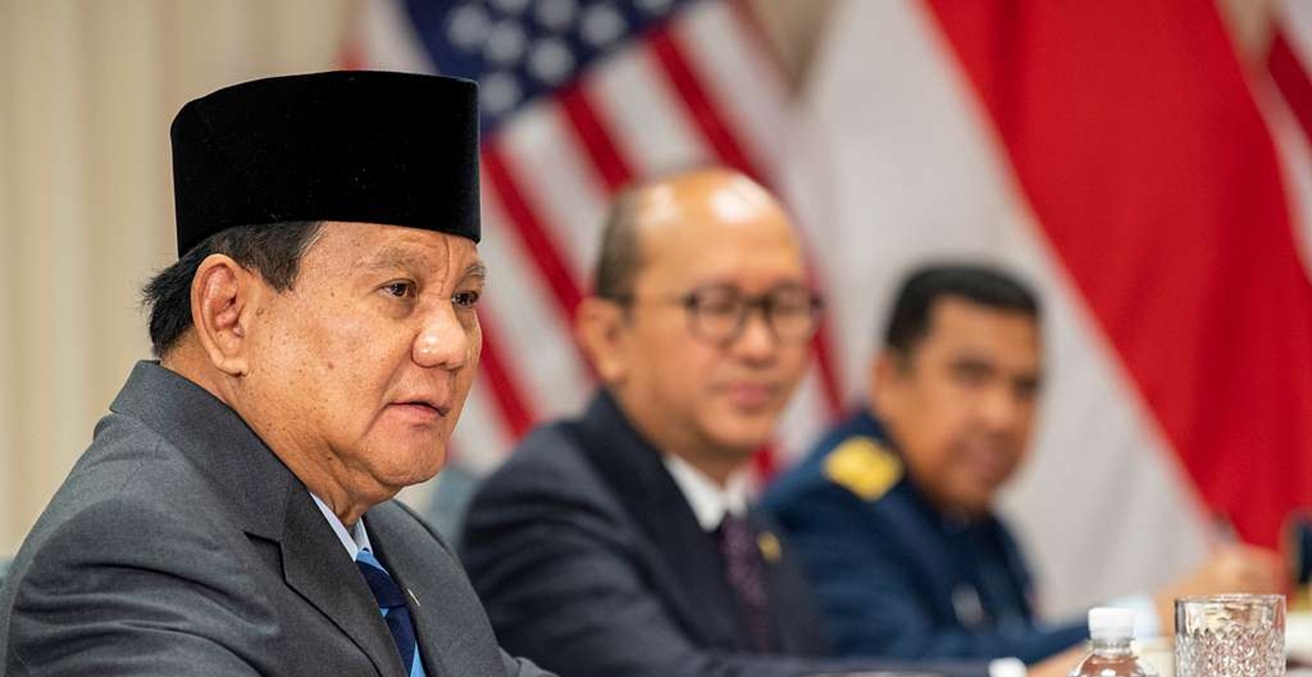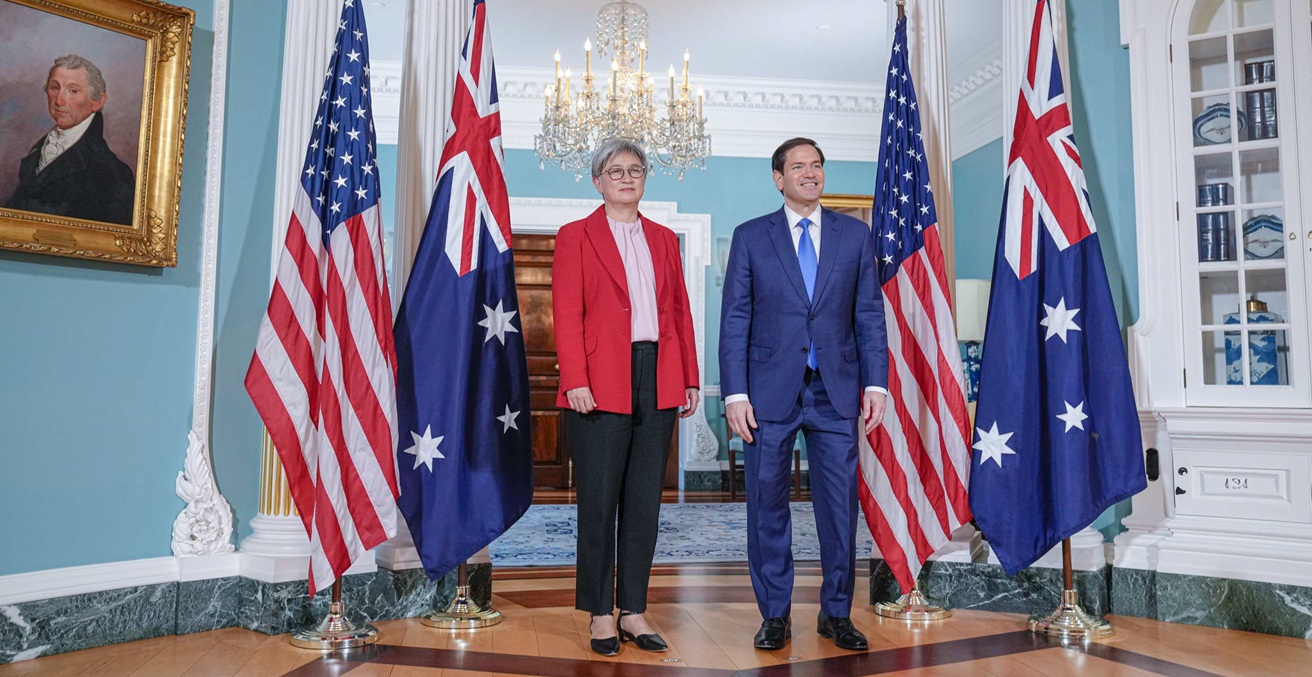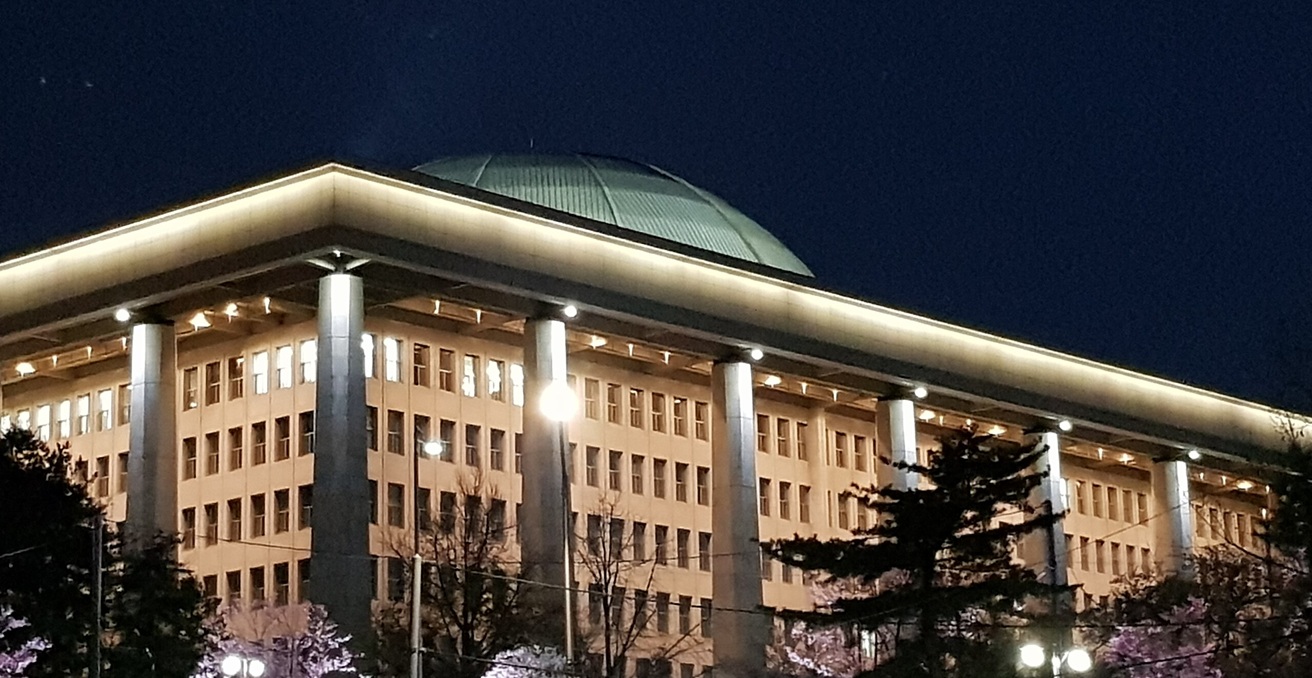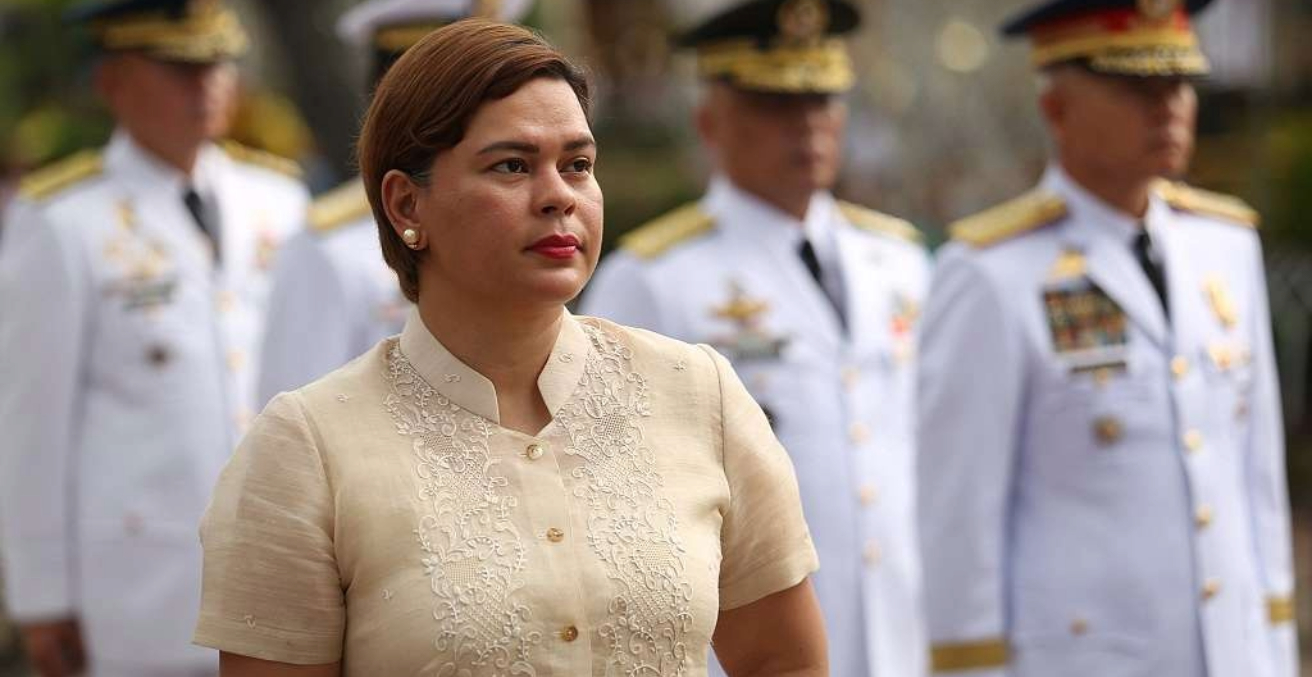Julia Gillard’s sexism and misogyny speech is now regarded as a defining moment in Australian political history. This book documents its lasting impact on Australian political, social, and popular culture, and its empowerment of women around the world as they identify with its core message: enough is enough.
On 9 October 2012, Prime Minister Julia Gillard delivered her world-famous sexism and misogyny speech in the House of Representatives. In the ten years since, Australia has benefited from franker conversations about what those words mean in politics, the workplace, and society more broadly. Not Now, Not Ever: Ten Years on From the Misogyny Speech is an engaging set of recollections and new readings of the speech itself, the treatment of Gillard as the 27th prime minister of Australia, and the whereabouts of an interesting collection of individuals, from movie stars to ministers, on that particular day.
I know where I was: my office on the first floor of the House of Representatives wing. Back then, I worked for the parliamentary service’s International and Community Relations Office. With funding allocated by Gillard toward a new initiative to improve gender equality in the Pacific, I had recently become the project manager of the Pacific Women’s Parliamentary Partnerships project. My television was on, as it always was, to follow proceedings in the House. I did the occasional stint in the chamber as an acting Serjeant-at-Arms, so I needed to keep an eye on what was going on. Peter Slipper, then speaker, had been in the news, and not in a good way. Tony Abbott, then leader of the opposition, was on the hunt, as usual. When the prime minister started to speak, I turned to the monitor, aghast. I stopped working. I stared. I disbelieved. I admired.
As noted by a number of the book’s contributors, Gillard’s speech was entirely unexpected. For so long, as Tanya Plibersek writes (p. 209), the prime minister had consistently refused to play “the gender card.” In Australian society – and politics – there has been a tendency to downplay the importance, benefit, and impact of any kind of difference, whether it be racial, ethnic, or gendered in nature. There has been an unspoken norm: making it in Australian politics means playing by the same rules. Resorting to some kind of “special issue” (in this case, gender inequality) would be antithetical to getting “a fair go.” That most prized of Australian values, “fairness,” has often just meant sameness. Special treatment – even when the whole system, the design of which you had no say in, is stacked against you – would be “unfair.”
So I was surprised when the prime minister rose to express her obvious frustration with that system. I was not surprised when the Australian press gallery derided the speech – as explained in Kathryn Murphy’s chapter. I was also not surprised when the international community embraced the speech, as noted in Kathy Lette’s chapter.
But what a difference a decade makes. In the ten years since Gillard made the speech, these contributions suggest that Australian society has accepted the need to “call out” sexism and misogyny. An interesting spoiler of the book is Gillard’s recollection of a driving emotion on that day which had been subsequently forgotten.
Gillard chose to lead the government’s response to the opposition’s motion to suspend standing orders. Had she left it to the then leader of the House, Anthony Albanese, as was common practice, the sexism and misogyny speech would never have been made. But the decision to lead this debate reflected Gillard’s own acknowledgement that a line had been crossed; that she was, in her own words, “sick of this shit” (p. 17). The importance of this emotion cannot be understated. It suggests that the prime minister, in that moment, recognised the power of calling out unacceptable behaviour – not just to improve her own conditions of work, but those of anyone being relentlessly subjected to sexism. It is probably not unrelated that within a year or two of the speech, little red Gender Cards were created in the same image as those used in soccer stadiums around the world, for women to keep handy and use, metaphorically at least, at opportune times.
Ten years have also facilitated fruitful conversations on the meaning and application of the terms “sexism” and “misogyny,” as well as related terms such as “coercive control” and “consent.” The chapter from Michelle Ryan and Miriam Zehnter is particularly useful in pointing out the multiple, nuanced, and complex layers hidden behind different types of sexism – including their grounding in the “everyday,” in behaviour that is so normalised that it is “perceived to be unimportant” (p. 101). Jess Hill, Aleida Mendes Borges, Chanel Contos, Caitlin Figueiredo, and Sally Scales movingly reflect on the insidious relationship of sexism to violence and the ways in which race and ethnicity compound the effect. Indeed, intersectionality represents a constant line of reflection through this book. Authors consciously acknowledge that sexism does not look the same for all women, and therefore the tools we use to defeat it must be bespoke. We need to understand, accept, and legitimise the diversity that makes a vibrant society.
A third difference evident in the decade since the speech is its ongoing impact on diverse, young women. Perhaps because the Gillard government was short lived, and Gillard came late to the “calling out” party, there has been an underlying concern that Australia’s first woman prime minister was no longer a role model for future women politicians. And yet, young women have reclaimed Gillard’s words across different platforms of popular culture: TikTok, choirs, and a vast array of merchandise. This matters because Gillard’s speech has now become, as she begrudgingly accepts, part of her legacy. Yes, Gillard presided over the most efficient government in Australian history and made landmark policy reforms, but she also gave a speech that gave diverse groups of young women hope.
Finally, these contributions chart the trajectory of Gillard’s speech and identify it as a precursor to the domestic and international #MeToo movement and marches for justice. Without Gillard’s speech, we would not have seen over 1700 pieces of evidence submitted to the Australian Human Rights Council’s independent inquiry into commonwealth parliamentary workplaces in 2021, and Kate Jenkins’ resultant 28 recommendations for change to the culture and practices of parliament. Structural and cultural change takes time, but it also takes critical moments in time. The chapter by Jennifer Palmieri is an especially poignant discussion of the electoral defeat of Hillary Clinton, and the subsequent increase in women’s political representation across the United States.
This is a review of Julia Gillard (ed.), Not Now, Not Ever: Ten Years on From the Misogyny Speech (Random House Australia, 2022). ISBN: 9780143779759
Dr Sonia Palmieri is a Policy Fellow at the Coral Bell School of Asia Pacific Affairs, Australia National University. Sonia’s research is built on 15 years’ experience of working in academic, development, and parliamentary institutions. She has held positions with the Inter-Parliamentary Union in Geneva, Switzerland, the United Nations Development Programme in Hanoi, Vietnam, the United Nations Entity for Gender Equality and Women’s Empowerment in New York, USA, and the Australian parliament. As an independent development practitioner, she has engaged with current and aspiring women in politics in Africa, Asia, the Caribbean, and most prominently the Pacific, and has designed and evaluated development projects for the Australian Department of Foreign Affairs and Trade (DFAT).
This article is published under a Creative Commons Licence and may be republished with attribution.




